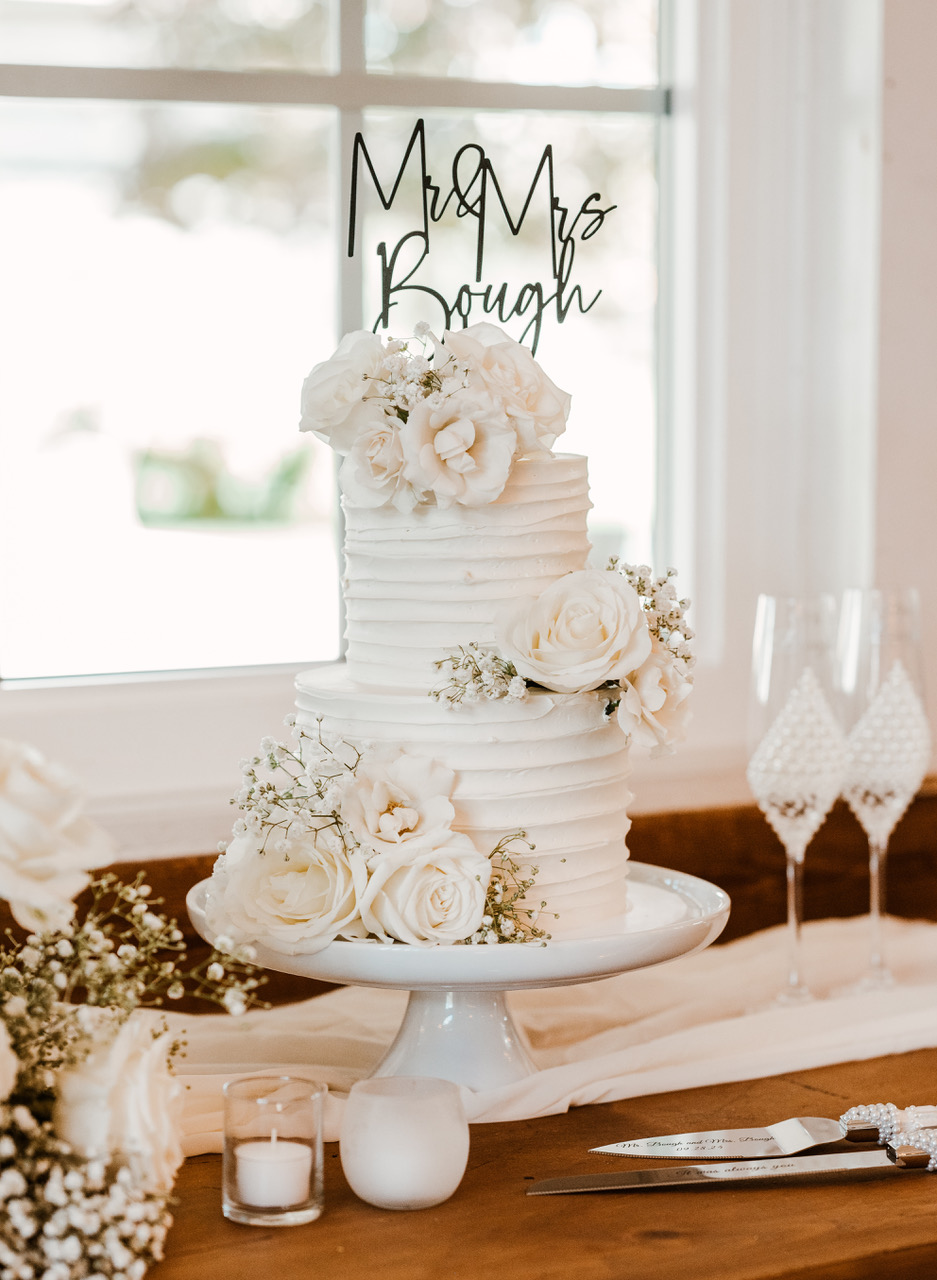
There’s nothing quite like sharing generous slices of mouthwatering homemade cake with family or friends. In making a cake you are taking advantage of some magical scientific transformations to create something sugary, delicate and delicious that everyone will love – and love you for.
Like many people, I was inducted into cake making at the apron of my mother. Some of my most treasured memories are of scooping fairy cake mixture into little paper cases, dipping my fingers into the melted chocolate icing, and the satisfaction of eating the misshapen creations for tea.
Making cakes like these might seem like an ageless tradition, but actually this type of light, airy cake is a relatively new invention.
The first skilled bakers were probably the ancient Egyptians. At this time cakes were basically breads, with egg, fat and honey added to create the recognisable essence of cake: richness and sweetness. The earliest English cakes were still essentially bread, their main distinguishing characteristics being their shape – round and flat – and that they were hard on both sides as a result of being turned during baking.
“I am inclined to think that cakes and ale prevail most freely in times that are perilous and when sources of sorrow abound.” Anthony Trollope
Cakes as we know them today only came on the scene during the 18th and 19th centuries when the lightness created by the leavening power of yeast was replaced, first by eggs, and then by chemical raising agents such as bicarbonate of soda. Raising agents provided a greater leavening power than yeast with much less time and effort.
A classic of risen cakes is the English pound cake, on which the Victoria sponge is based. These cakes generally contain equal weights of the four major ingredients: structure-building flour and eggs; and structure-weakening fat and sugar. This recipe provides the perfect balance of these ingredients. With any more fat or sugar the delicate scaffold of egg and flour collapses, making a dense, heavy cake (like a fruit cake).
Recipe
250 g (10oz) of self raising flour
250g (10oz) of caster sugar
250g (10oz) of butter (at a cool room temperature) or margarine
Five lightly beaten eggs (assuming each egg weighs about 50g (2oz))
Pinch of salt
Take the sugar and fat and beat together until the mixture reaches a fluffy consistency similar to whipped cream. This can be done either by hand if you are feeling strong, otherwise use an electric whisk.
Much of the tender, melt-in-the-mouth texture of cake comes from gas bubbles, which subdivide the batter into fragile sheets. The majority of this air is added in this initial stage by vigorous mixing of the fat and sugar – a process called “creaming”. Air is carried along on the rough surfaces of the sugar crystals. This is why we use caster sugar, as the smaller the crystals, the more air is incorporated. These bubbles of air are encased by a film of fat, creating a foam.
Creaming can be hard work. In 1857 Miss Leslie (an American author of popular cookbooks) described a technique that would allow cooks to beat eggs “for an hour without fatigue” but then advised: “to stir butter and sugar is the hardest part of cake making. Have this done by a manservant.”


